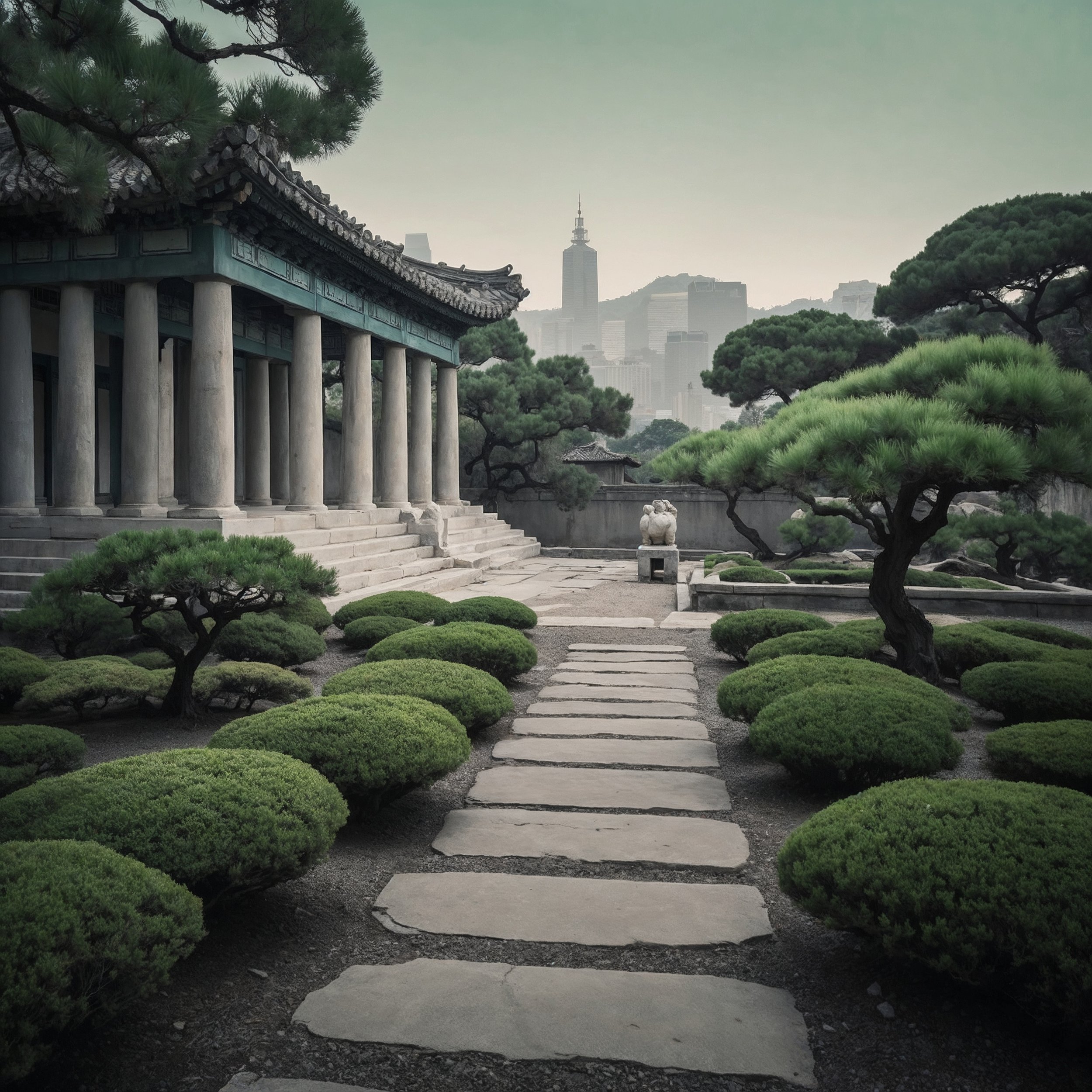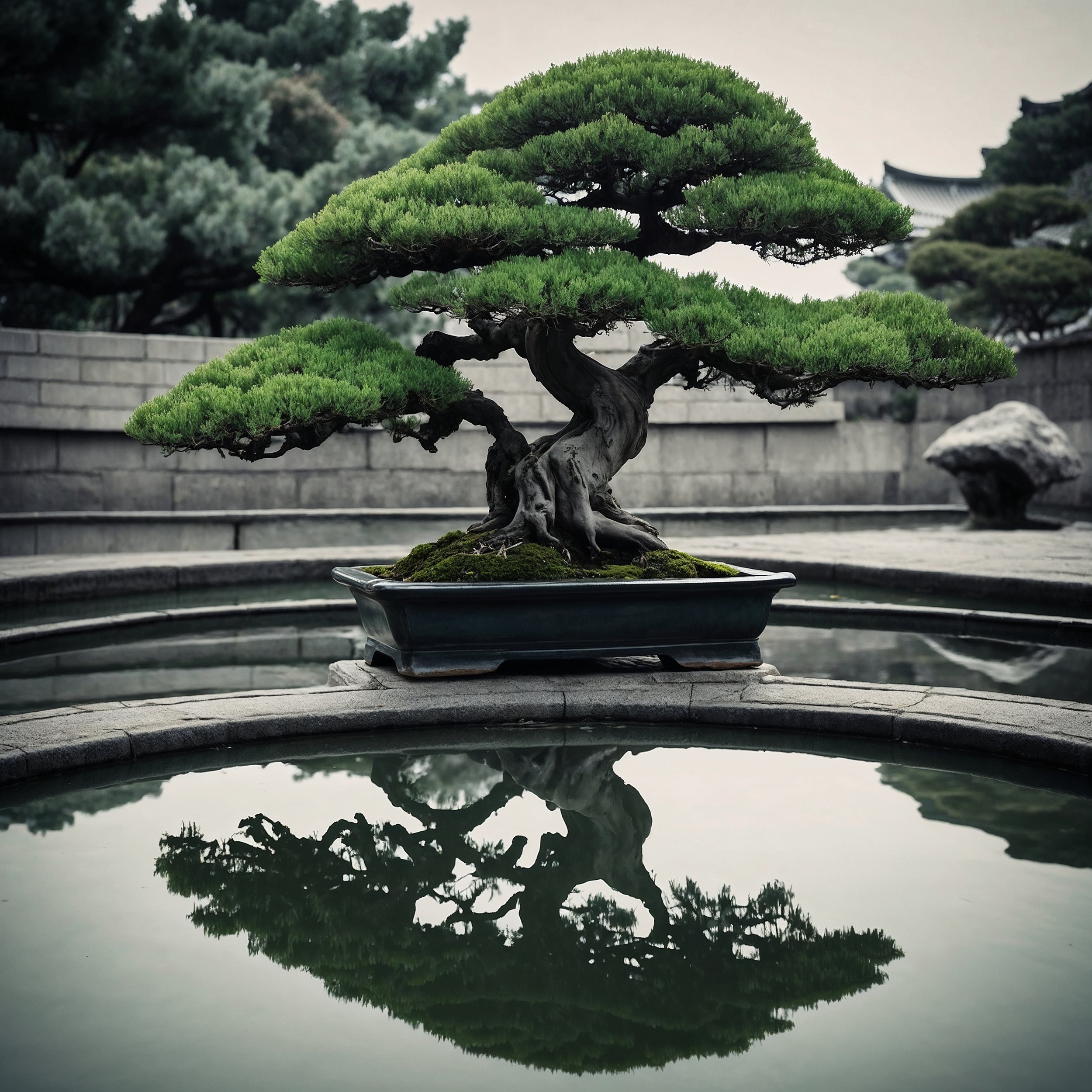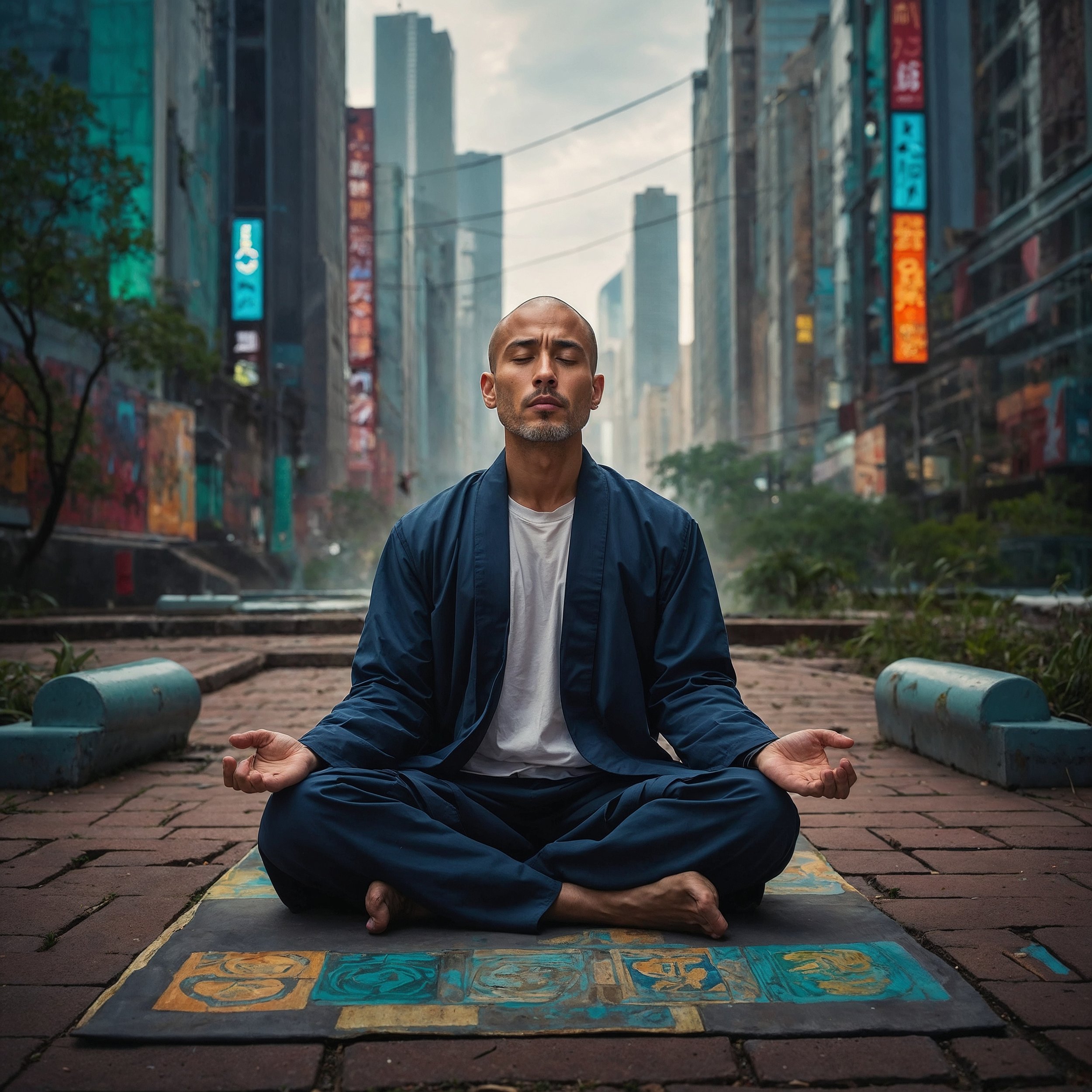Stoicism vs. Taoism: When East Meets West in the Pursuit of Wisdom and Virtue
Ancient Paths to Modern Clarity

In our fast-paced world, we all find ourselves looking for a foundation—something to anchor us amidst life’s uncertainties. This universal search for meaning has led many of us to philosophies like Stoicism and Taoism. Though these two wisdom traditions come from different corners of the world—Stoicism from ancient Greece and Taoism from ancient China—they offer timeless insights that remain profoundly relevant today.
In this post, we’ll explore how Stoicism’s structured discipline complements Taoism’s fluid surrender. Where do these two philosophies meet, and where do they diverge? As we journey through these ideas together, let’s consider how their lessons on acceptance, flow, and virtue can guide us toward a more resilient, balanced life.
Shared Values in Stoicism and Taoism
Acceptance of What Is

In a world where so much feels beyond our control, many of us seek ways to cultivate acceptance. Both Stoicism and Taoism offer unique perspectives on how to approach life’s inevitable challenges.
Stoic Acceptance: Stoics encourage us to embrace “Amor Fati”—a love of one’s fate. This isn’t about passive resignation but rather an active recognition of what we cannot control. By accepting reality as it is, we find a deeper resilience to face adversity head-on.
Taoist Acceptance: Taoism, on the other hand, teaches acceptance through surrendering to life’s natural flow, the “Tao.” This form of acceptance invites us to let go of the need to control everything, trusting that life has its own wisdom and balance.
As we explore these perspectives, we might ask ourselves: Is there a place in our lives where we can surrender a little more, trusting that things will work out in their own way?
Flow and the Concept of “Effortless Action”

Flow is something we all experience when things seem to click effortlessly. Whether it’s in work, creativity, or relationships, finding this state of “effortless action” is something many of us strive for.
Stoic Flow: Stoicism suggests that we reach flow by aligning our actions with our principles, guided by virtue and reason. For a Stoic, staying grounded amidst distraction and difficulty is the key to maintaining a steady, unshakable mind.
Taoist Flow (Wu Wei): In Taoism, flow is about Wu Wei, or “effortless action.” It’s a state where actions feel natural and unforced, arising from being in harmony with the environment around us. Rather than pushing, Taoists believe we should allow life to guide us.
Reflecting on these approaches, we can ask ourselves: Are there areas in life where we can stop forcing outcomes and simply allow things to unfold?
The Pursuit of Virtue

Virtue might sound like an abstract goal, but in practice, it’s something many of us try to embody every day—in our actions, decisions, and how we treat others. Stoicism and Taoism both emphasize virtue, though they define it differently.
Stoic Virtue: In Stoicism, virtue is rooted in discipline and intentional action, driven by wisdom, courage, justice, and temperance. It’s about continually refining our character and making choices based on what we believe to be morally sound.
Taoist Virtue (Te): Taoist virtue, or “Te,” is a quieter concept. Taoism suggests that by aligning with the natural order, virtues like compassion, humility, and patience arise spontaneously.
As we think about virtue, we might find ourselves wondering: What qualities do we naturally embody when we’re at our best, and how might they guide our path?
Key Differences Between Stoicism and Taoism
Discipline vs. Surrender

When life feels chaotic, many of us struggle between the urge to take control and the wisdom to let go. Stoicism and Taoism take opposing views on this challenge:
Stoic Discipline: Stoics believe in cultivating control over ourselves through intentional effort. This self-discipline helps us align our actions with our values, regardless of external circumstances.
Taoist Surrender: Taoists encourage us to let go of the need to control outcomes. They invite us to find strength in surrender, trusting that the natural flow will guide us toward balance.
This distinction can prompt reflection. In our own lives, we might ask: Are there times when we hold on too tightly, and would a little more surrender bring us peace?
Logical Analysis vs. Intuitive Insight

In navigating life’s complexities, many of us alternate between logical analysis and intuitive insight. Stoicism and Taoism approach this balance in unique ways:
Stoic Logic: Stoicism values clear, rational thinking. By analyzing our thoughts and emotions, Stoics aim to root out irrational beliefs, cultivating a mind that remains calm under pressure.
Taoist Intuition: Taoists trust the wisdom of intuition and direct experience. Rather than dissecting every situation, they suggest that some truths are best understood by feeling rather than analyzing.
As we consider these perspectives, we might reflect: When do we rely on analysis, and when can we trust our intuition to guide us?
The Intersection of Stoicism and Taoism in Staoicism
Finding Balance Between Discipline and Surrender

In Staoicism, we discover that both control and surrender have their place. By combining Stoic resilience with Taoist acceptance, Staoicism offers a balanced approach to life:
Staoic Balance: Rather than choosing between control and surrender, Staoicism encourages us to engage with life mindfully, acting with integrity and purpose while remaining open to outcomes.
The Virtue of Flow

In Staoicism, flow becomes the harmonious blend of Stoic and Taoist practices:
Resilient Flow: A Staoic approach to flow means building both inner strength and adaptability. We act with focus and calm, yet remain flexible when life takes an unexpected turn.
Practical Applications of Staoicism

Let’s bring this philosophy down to earth. Here are some practical ways to apply Staoicism in everyday life:
Practice Mindful Acceptance: When challenges arise, we can pause, acknowledge our emotions, and gently let them pass. Accepting what we cannot change helps us focus on the things we can.
Cultivate Resilient Flow: By building routines that strengthen our discipline, alongside time for rest and reflection, we create a balanced flow that supports resilience without rigidity.
Embrace the Unknown: Facing life’s uncertainties can feel daunting. By cultivating a mindset of acceptance, we make space for growth and new possibilities, trusting that clarity will come when we need it.
Conclusion: Finding Our Balance in a Chaotic World

In a world filled with constant change, many of us feel pulled between the need to act and the wisdom to let go. By blending the structured strength of Stoicism with the graceful flow of Taoism, Staoicism offers us a unique path to peace. This philosophy doesn’t ask us to choose between control and surrender; instead, it invites us to embrace both, creating a harmonious balance that helps us meet life’s challenges with resilience and ease.
Together, we’re discovering that a balanced life is neither entirely about mastery nor complete passivity. It’s about responding to life with integrity and calm, knowing when to act and when to let go. This is the heart of Staoicism - a shared journey where we support each other in cultivating a life of virtue, flow, and acceptance.
Join Us on the Path of Staoicism
Where do you find yourself needing more balance—discipline or surrender? Share your thoughts in the comments below! We’d love to hear your perspectives and insights.
And if you’re ready to take the next step, join our growing community by subscribing to our newsletter. As a subscriber, you’ll receive exclusive access to free daily Staoic practices - practical exercises and reflections designed to help you apply the principles of Staoicism to your everyday life.
Start your journey toward resilience and peace today.
🌊 The Ripple Zone
🔗 Navigate the Flow: Visit the Staoic Compass to find all insights in one place.
🎥 Watch the related video : Staoicism - Discipline Meets Surrender [ … ]
📩 Unlock Your Free Staoic Guide – Subscribe for Weekly Wisdom.
💬 Share your thoughts below: How does this resonate with your journey?
